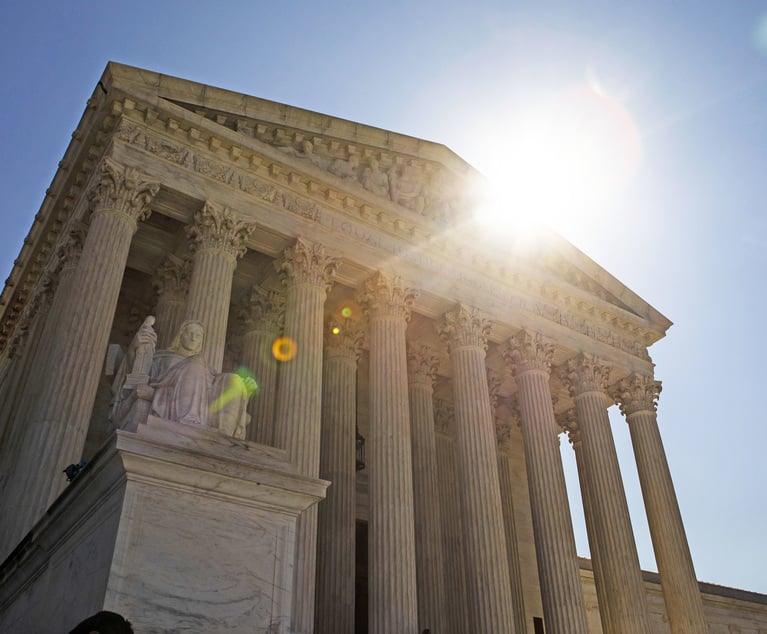Legislative policy and societal interests underlying Article 2 of the CPLR require every claim to have an expiration date. The Court of Appeals has historically applied the principles of contract construction and interpretation to marital agreements (Graev v. Graev, 11 N.Y.3d 262 (2008); Meccico v. Meccico, 76 N.Y.2d 822 (1990); Rainbow v. Swisher, 72 N.Y.2d 106 (1988)), which includes the six-year limitations period in CPLR 213(2), “an action upon a contractual obligation or liability, express or implied.”
Furthermore, a claim for equitable distribution also has a firm six-year limitations period, per CPLR 213(1): “an action for which no limitation is specifically prescribed by law.” Marshall v. Bonica, 86 A.D.3d 595, 596 (2d Dept. 2011). “An action seeking a judgment declaring rights in property subject to equitable distribution is subject to a six-year statute of limitations. ‘[T]he six-year statute [begins] to run from the date of entry of the … equitable distribution judgment, which determined the plaintiff’s rights in the property.’” Ricca v. Valenti, 24 A.D.3d 647, 648-49 (2d Dept. 2005); Walter v. Starbird-Veltidi, 78 A.D.3d 820, 822 (2d Dept. 2010).


 Elliott Scheinberg. Courtesy photo
Elliott Scheinberg. Courtesy photo




